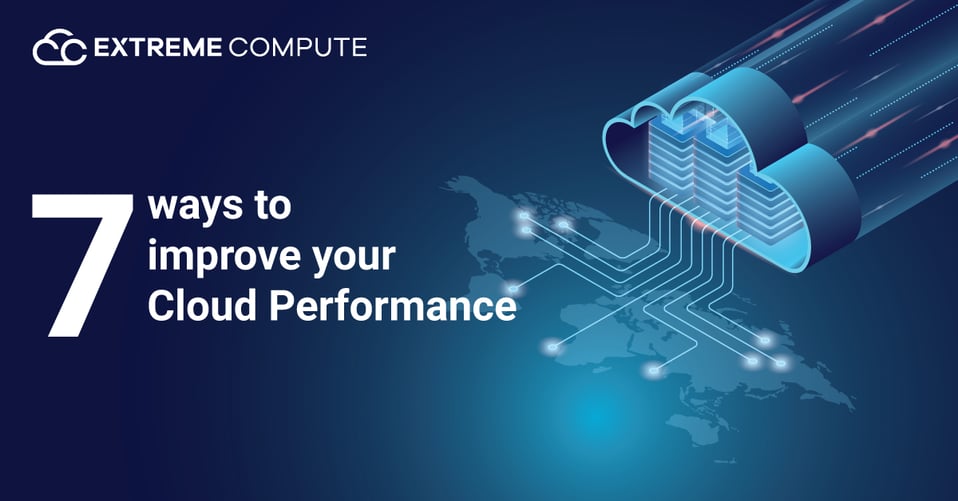
The coronavirus pandemic has strengthened the need for businesses to migrate to the cloud in order to retain business continuity, serve customers, and ensure that their remote workforces are aligned and have access to the resources they need to stay efficient. Although the pandemic fueled the cloud transition, one of the top reasons for moving to the cloud, according to 42% of professionals, is to improve network capacity. And the larger your business, the more important performance is. In reality, 76 percent of leaders surveyed in companies with more than 1,000 employees claim they're using the cloud to increase the pace with which IT services are delivered.
So, how do you maximize cloud productivity in the midst of this exponential growth to keep the environment up and running in a constructive healthy state? Remember that anything and everything can happen in the world of technology. So, here are seven ways to double your cloud productivity:
Monitor where you are placing data:
Moving data between the public cloud and your premises will trigger performance bottlenecks if you have a hybrid cloud. Map regularly used resources and see the best fit for storing data. Make sure you carefully consider where data should be stored in order to reduce the need to transfer it between environments.
Focus on your virtualization:
Systems operating on top of a virtual platform can now communicate with other data center components even more easily now that the hypervisor is more agnostic. It will simplify all future integrations thus preventing the potential bottlenecks your teams generally take hours to close. Virtualization is, in several ways, acts as a gateway to the cloud.
Optimizing load balancer:
By using a load balancer to guide traffic, you can avoid overloading instances. Moreover, you can go a little further with this and you can also use a load balancer to collect metrics on your instance's efficiency, which you can use to detect and fix any problems.
Make use of caches:
Since caches increase file access speed, consider using a content delivery network for files that don't change frequently or are frequently accessed. You can use several caches so that users can access files from the closest location to them, enhancing performance even further.
Automate all that can be automated:
Automating processes will save you a lot of time because when you need manual intervention to complete a mission, you increase the chance of errors and slow down the process. Automate as many of the repair and support activities as possible with automation and orchestration software.
Get the right resource:
Every cloud provider provides a variety of instance types to accommodate various workloads. If your workload is compute-intensive, memory-intensive, or includes high-speed graphics calculations, make sure you select an instance that fits the demands of your workload. Get an expert opinion with your cloud vendor and get a customized resource that suits your needs.
Keep monitoring performance:
There are many methods of collecting data for monitoring and to ensure you know what's going on with all of your cloud modules, use the cloud provider's database management tools, and other metrics. Take the time to examine all of these data sources in order to get a complete view of where you can improve your performance.
If your business is still in the early stages of cloud, EC cloud migration experts will assist you with the best guidance on your infrastructure spends that will double your performance. Know more on how to use performance-enhancing tools.